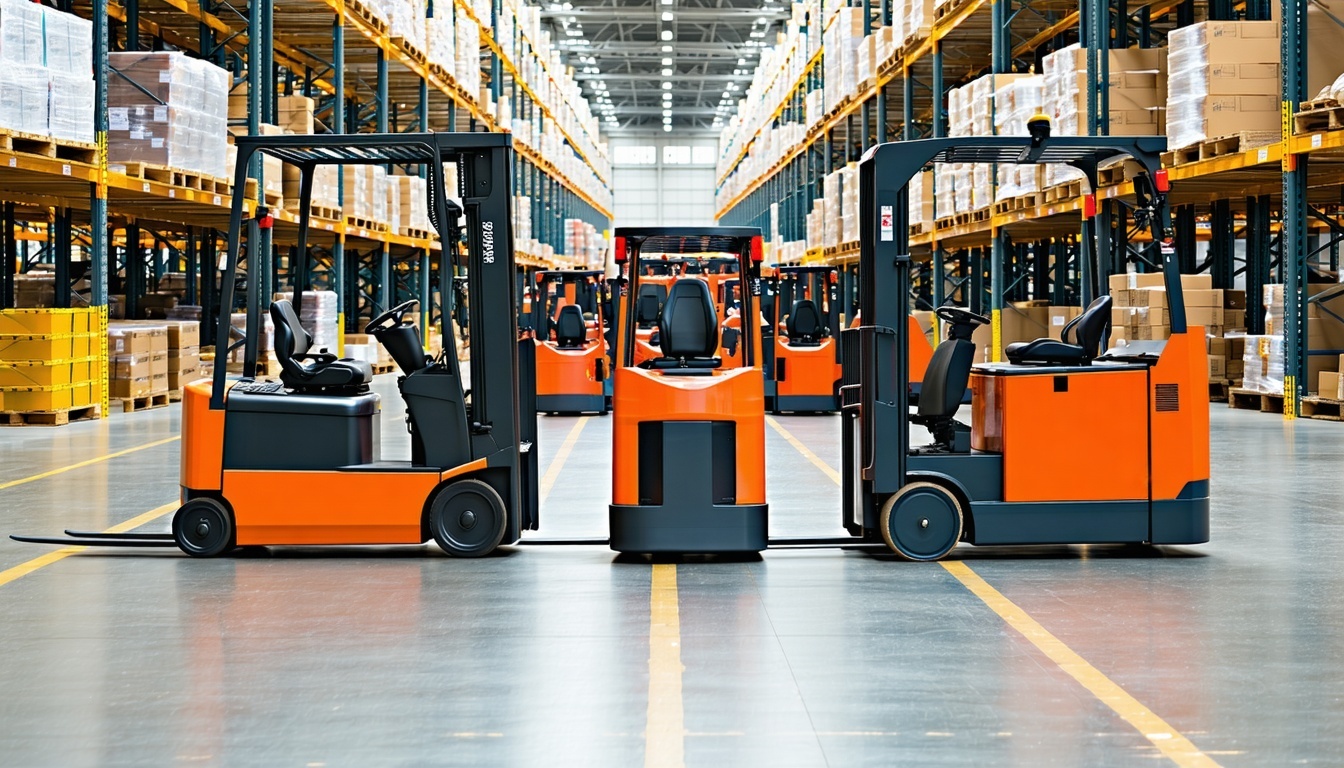
Explore the diverse world of Powered Industrial Trucks and learn how to choose the right equipment for your manufacturing needs while ensuring safety.
The Role of Powered Industrial Trucks in Manufacturing
Powered Industrial Trucks are essential in the manufacturing industry, serving a crucial role in material handling, inventory management, and transportation within a facility. These vehicles enhance productivity by enabling the efficient movement of heavy loads, reducing the need for manual labor, and decreasing the time required to complete tasks. For a comprehensive overview of these versatile machines, check out our guide on Understanding the Definition of a Powered Industrial Truck.
By incorporating Powered Industrial Trucks, manufacturers can streamline operations, improve workflow, and ensure timely delivery of materials and products. Their versatility allows them to be used in various applications, from loading and unloading trucks to transporting raw materials and finished goods within the production area.
Common Types of Powered Industrial Trucks
There are several types of Powered Industrial Trucks, each designed for specific tasks and environments. Some of the most common types include:
1. Forklifts: Widely used for lifting and transporting pallets and heavy loads, forklifts come in various models such as counterbalance, reach, and pallet jack forklifts.
2. Order Pickers: Designed for picking individual items from warehouse shelves, order pickers are essential for fulfilling orders in distribution centers.
3. Pallet Jacks: Manual or electric, pallet jacks are used for moving pallets over short distances and are ideal for tight spaces.
4. Tow Tractors: These trucks are used for towing large loads and are commonly found in warehouses and manufacturing plants.
Recent Injury Statistics and Safety Concerns
Despite their benefits, powered industrial trucks pose significant safety risks if not operated correctly. According to the Occupational Safety and Health Administration (OSHA), there are approximately 85 forklift-related fatalities and 34,900 serious injuries annually in the United States.
Common causes of these injuries include tip-overs, collisions, and falls from the truck. These incidents highlight the importance of adhering to safety guidelines and providing comprehensive training for operators.
Best Practices for Operating Powered Industrial Trucks
To minimize the risk of accidents and injuries, it's essential to follow best practices for operating powered industrial trucks. Key recommendations include:
1.Training and Certification: Ensure that all operators are properly trained and certified in accordance with OSHA standards. For more information on essential safety training, including electrical safety which is crucial when operating powered industrial trucks, check out our guide on Essential Electrical Safety Training for Workers.
2. Regular Maintenance: Conduct routine inspections and maintenance to keep trucks in good working condition and prevent mechanical failures.
3. Safe Operation: Follow manufacturer guidelines and safety protocols, such as wearing seat belts, maintaining a safe speed, and avoiding sharp turns.
4. Workplace Safety: Implement safety measures within the workplace, including clear signage, designated pathways, and adequate lighting. For a comprehensive understanding of workplace safety standards, particularly in handling hazardous materials, refer to our guide on Understanding the Hazard Communication Standard.
Choosing the Right Truck for Your Manufacturing Needs
Selecting the appropriate powered industrial truck for your manufacturing needs involves considering factors such as load capacity, maneuverability, and the specific tasks to be performed.
Evaluate the environment in which the truck will operate, including the size of the workspace, floor conditions, and any potential hazards. Consult with equipment suppliers to determine the best options for your requirements and ensure that the chosen truck aligns with your operational goals and safety standards.






Leave a Comment